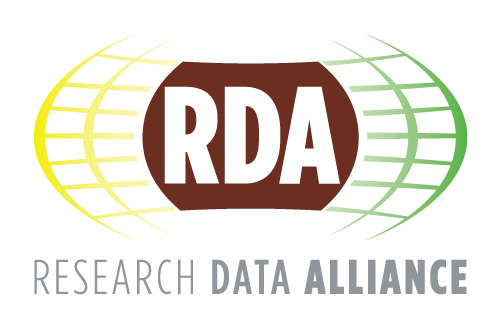Case for cross-sector collaboration in identifying and preserving at-risk data
-
Discussion
-
RDA Data Rescue group members,
This recent ESIP press release and paper
on topic of “the case for
cross-sector collaboration in identifying and preserving at-risk data
” may be of interest to IG
members.
Stronger together: the case for cross-sector collaboration in identifying
and preserving at-risk data
by Bruce Caron | Apr 4, 2017 | Press
Releases | 0 Comments
Data management, curation, and preservation efforts are chronically
under-resourced and overlooked, and we all care about data safety,
accuracy, use, and preservation. The trustworthiness of data is critically
intertwined with the factors described above, e.g. metadata, provenance,
transparency, security, and community [17]. If those factors are not taken
into account, rescued data will be of no use regardless of how many times
they are duplicated. There are many data professionals and other
stakeholders in the data management community collaborating formally and
informally to provide stewardship and to identify at-risk data, curate
at-risk data, and mitigate the chances for data to become “at risk.” The
grassroots data rescue efforts like DataRefuge and others have brought
together an energetic, diverse community of passionate citizens and
professionals with valuable skills and expertise. Initial connections
between DataRefuge and broader communities such as the Research Data
Alliance and ESIP have shown value, and point out important gaps and
opportunities moving forward. The more we can work together to preserve the
data that matter to us all, the more effective and sustainable the our work
will be.
see below for citation and link to paper:
http://www.esipfed.org/press-releases/stronger-together
***@***.***; ***@***.***; Duerr, Ruth; ***@***.***;
***@***.***; ***@***.***; Thomer, Andrea; ***@***.***
(2017): Stronger together: the case for cross-sector collaboration in
identifying and preserving at-risk data. figshare.
http://doi.org/10.6084/m9.figshare.4816474.v1
—
*Natalie K. Meyers*
*E-Research Librarian*
*University of Notre Dame*
1136A Hesburgh Library
Notre Dame, IN 46556
*o:* 574-631-1546
*f:* 574-631-6772
*e: ****@***.***
Log in to reply.

